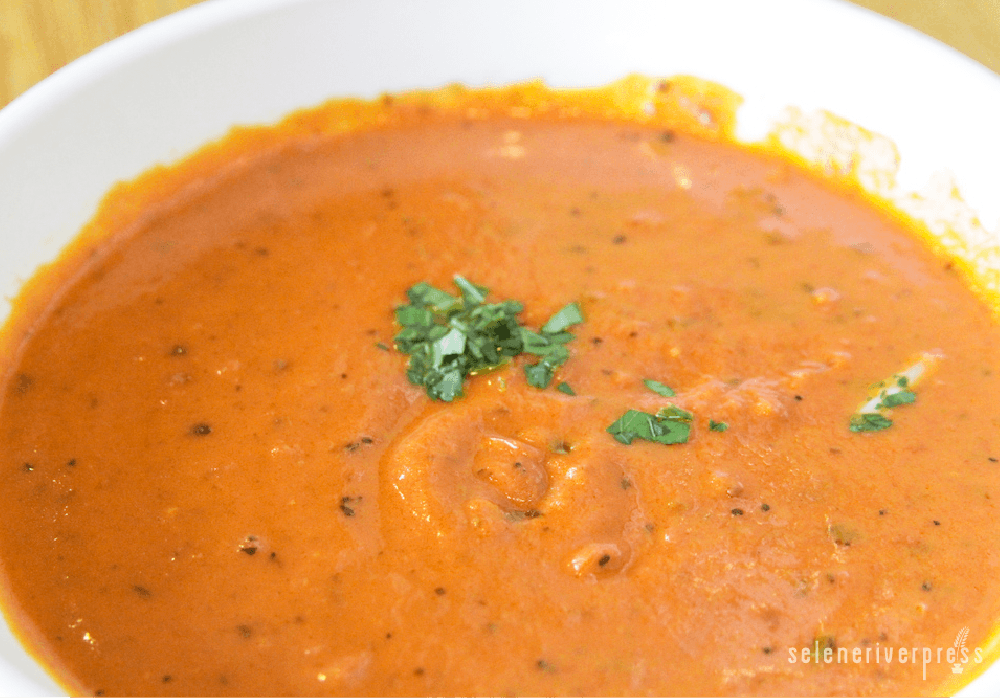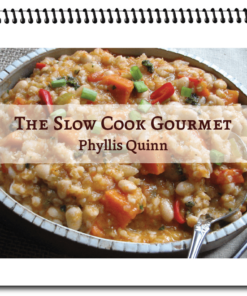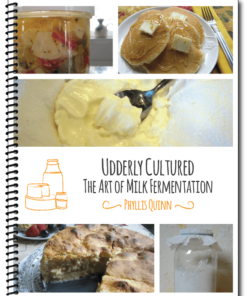Ask Chef Phyllis:
I live along the coast of Maryland, and by June our waters are filled with all kinds of seafood. Of course, soft-shell crabs are the seasonal prize, and we enjoy them often. But I use blue rather than soft-shell crabs for soups and chowders too. Is there any difference between chowders and bisques that I should know about? Last year I made a Tomato Crab Bisque at home, after we first enjoyed it at a famous Hilton Head Island restaurant. Mine tasted pretty good, but it curdled and looked awful. Can you help with a foolproof recipe?
—Rita Seger from Manokin, Maryland
The soft-shell crab season traditionally begins after the first full moon in May and extends through September. And what we call soft-shell crabs are actually blue crabs that have molted and harvested before the new shell sets, a process that takes about 3 hours.
Your question about bisques and chowders is a common one. Bisque, from the French, means twice cooked (since it is). The word chowder derives from the French word for cauldron, chaudron, the cooking vessel fishermen used aboard ship. Both have similar ingredients, and both are considered soups. The difference? Chowders are usually chunky soups, while bisques have a smoother texture, as most of us know from the famous lobster bisque.
Down to business—what makes tomato bisque curdle in the first place? The cream and tomato don’t always mix well, thus curdling and ruining the appearance of the dish. To avoid this, remember these words: Red into white is the rule.
An experienced cook will always temper the liquids as an extra measure. Tempering is achieved by adding some of the hot tomato liquid into all the warmed cream before adding the cream to the whole pot. It’s very tempting to eliminate this step and just pour the cream or milk directly into the hot tomato base. But doing so will curdle the cream every time because the acidic tomato is a hostile environment for the delicate cream. I hope this explanation helps.
Tomato Crab Bisque
This recipe serves 6–8 as a main entrée, or 12 as an appetizer.
Ingredients
3 tablespoons butter
⅓ cup olive oil
1 large onion, finely minced
1 clove garlic, minced
2 tablespoons arrowroot or quinoa flakes
2 fresh Roma plum tomatoes, peeled, minced, and drained (about ½ cup)
1 (28 oz.) can fire-roasted organic tomato puree
2 cups seafood or vegetable stock (or you may substitute 2 cups bottled clam juice)
½ cup sherry or dry white wine
10 oz. fresh crab meat (reserve some chunks for garnishing)
2 teaspoons Old Bay seasoning
½ teaspoon each sea salt and black pepper
¼ teaspoon thyme
2 cups whipping cream (or substitute whole milk with 3 tablespoons added butter; a higher fat content yields better results)
Parsley, for garnish
Instructions
- Combine butter and olive oil in a large pot set over high heat. Add minced onion and garlic. Stir 5 minutes, until the onions are transparent, then stir in the arrowroot or quinoa flakes.
- Add fresh tomatoes, canned tomato puree, stock or clam juice, and wine. Place the fresh crab meat in the pot (reserve a small amount), breaking it up slightly. Add Old Bay seasoning, salt, pepper, and thyme.
- Reduce heat to medium-low. Cook for 15 minutes, stirring often. At this point, if you want very smooth bisque, use an immersion blender to reach the desired consistency.
- Remove 1 cup of hot tomato liquid to a bowl and set aside. In a small pot, heat whipping cream to a simmer. Drop in the reserved crab meat chunks to cook them. Add the reserved tomato liquid to the cream and crab, stirring well. Remember…red into white!
- Remove the large pot from heat. Pour tomato-cream mixture back into the bisque pot. Stir carefully.
- Ladle the bisque into bowls and garnish with the chopped parsley. Serve immediately. To reheat, gently bring bisque to a simmer—for best results, never boil.

AUTHOR’S NOTE
To choose your organically grown and fresh ingredients wisely, use the following criteria:
- chemical- and hormone-free meat
- wild-caught fish
- pasture-raised, organic eggs
- whole, unrefined grains
- virgin, unrefined, first-press organic oils
- whole-food, unrefined sweeteners
- pure, clean, spring water
- sea salt
- raw and/or cultured milk and cream products
Creative Commons photo by Steven Depolo




